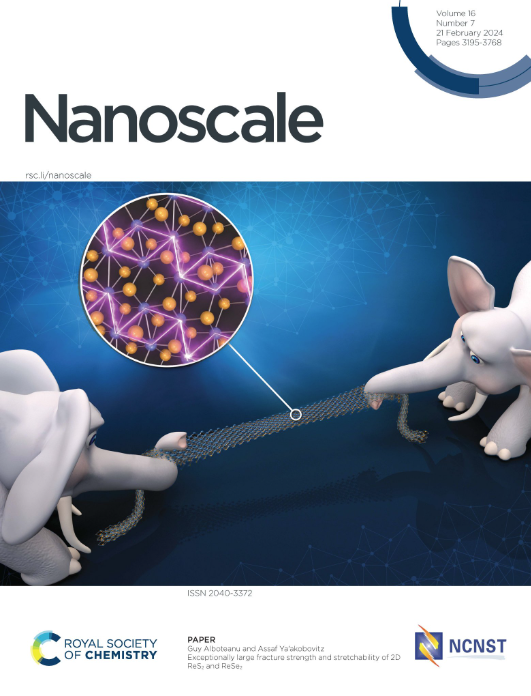Improving the Washability of Conductive Textiles by Constructing a Dually Crosslinked Polyvinyl Alcohol Network with Silver Nanowires
IF 5.8
3区 材料科学
Q1 CHEMISTRY, MULTIDISCIPLINARY
引用次数: 0
Abstract
Conductive textiles as an important platform for developing wearable electronic devices, often face washing problems to remove dirt while keep conductive. It is still a great challenge to manufacture textiles with high conductivity, washability and uniformity in an efficient and economical way. Polyvinyl alcohol (PVA) containing numerous hydroxyl groups for easy modification and crosslinking, is a promising candidate for conductive textile construction. Herein, a stable composite ink with PVA as the matrix and silver nanowires (AgNWs) as the conductive filler for screen printing on textile surface is proposed. The composite conductive network endows the fabric with a highest conductivity up to 2087 S cm-1 and a low percolation threshold of 0.025 mg cm-2 for AgNW mass loading. The printed conductive pattern shows a high uniformity even for a line width as small as 500 μm on fabric. The resistance change of conductive textiles washed at 60 °C for 1 h is reduced from 500000% to 40%, thanks to the cooperation of a physically and chemically dually-crosslinked polymer network with a conductive AgNW network. The prepared outperforming conductive textiles as well as the potential for mass production of patterned fabric electrodes, provide a basis for further development of smart fabrics and wearable electronics.求助全文
约1分钟内获得全文
求助全文
来源期刊

Nanoscale
CHEMISTRY, MULTIDISCIPLINARY-NANOSCIENCE & NANOTECHNOLOGY
CiteScore
12.10
自引率
3.00%
发文量
1628
审稿时长
1.6 months
期刊介绍:
Nanoscale is a high-impact international journal, publishing high-quality research across nanoscience and nanotechnology. Nanoscale publishes a full mix of research articles on experimental and theoretical work, including reviews, communications, and full papers.Highly interdisciplinary, this journal appeals to scientists, researchers and professionals interested in nanoscience and nanotechnology, quantum materials and quantum technology, including the areas of physics, chemistry, biology, medicine, materials, energy/environment, information technology, detection science, healthcare and drug discovery, and electronics.
 求助内容:
求助内容: 应助结果提醒方式:
应助结果提醒方式:


